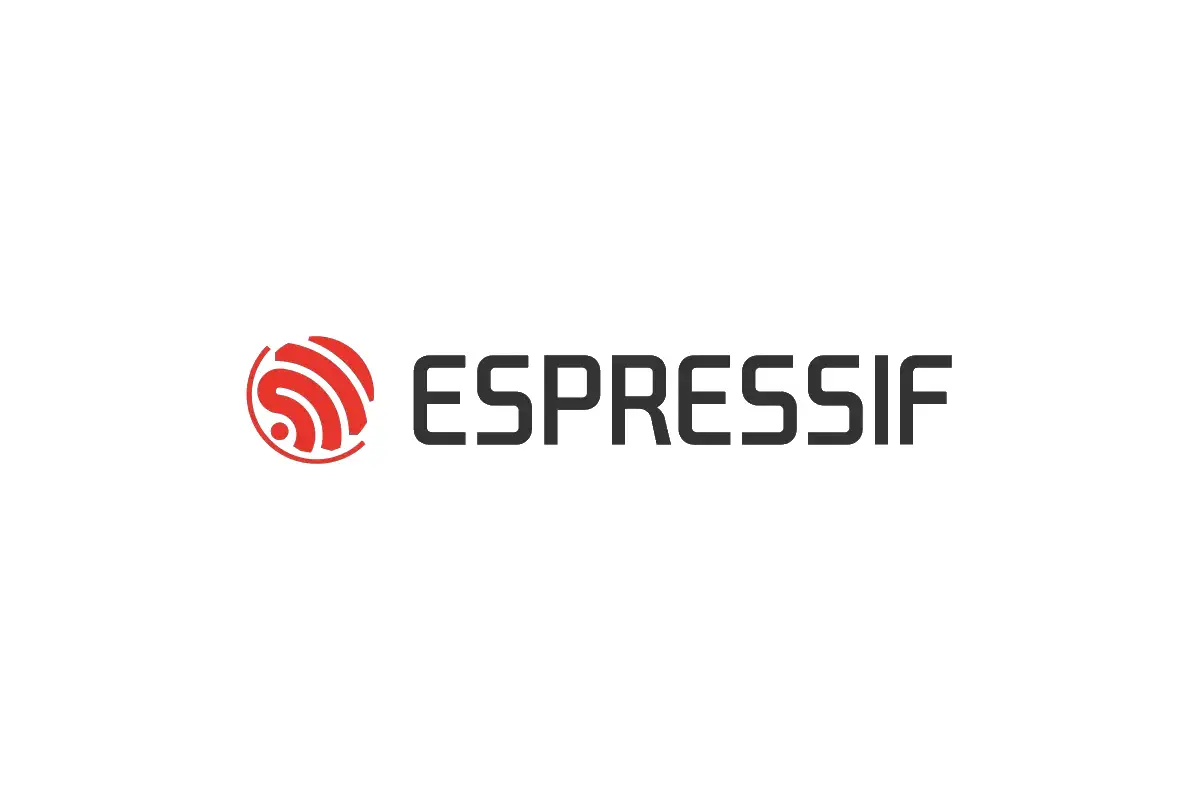So you have your smart device on your end-user’s home network. Now you would want your user to access your device over the local network. That’s what we will look at in this post.
Let’s say you are building a smart plug, and you want to toggle the power on or off on your plug. We will create a HTTP URI */power *on your device.
- An HTTP GET on this URI will give us the current state of the output of the plug.
- An HTTP POST on this URI will update the output state of the plug.
We will create this URI with the following code:
httpd_uri_t power_get = {
.uri = "/power",
.method = HTTP_GET,
.handler = power_get_handler
};httpd_uri_t power_post = {
.uri = "/power",
.method = HTTP_POST,
.handler = power_post_handler
};
The *power_get_handler() *and the power_post_handler() are the functions that will get called respectively, whenever an HTTP GET or HTTP POST will happen on the /power URI on the device.
Then in our application, we can start the web server and register these URIs with the web server as:
httpd_handle_t server = NULL;
httpd_config_t config = HTTPD_DEFAULT_CONFIG(); // Start the httpd server
ESP_LOGI(TAG, "Starting server on port: '%d'", config.server_port); if (httpd_start(&server, &config) == ESP_OK) {
// Set URI handlers
httpd_register_uri_handler(server, &power_get);
httpd_register_uri_handler(server, &power_post);
}
Now the power_get_handler() and the power_post_handler() functions could be implemented as:
esp_err_t power_get_handler(httpd_req_t *req)
{
char resp_str[100];
snprintf(resp_str, sizeof(resp_str), "{\"state\": %s}",
driver_get_output_state() ? "true" : "false"); httpd_resp_send(req, resp_str, strlen(resp_str)); return ESP_OK;
}
#define RESP_SUCCESS "{\"status\": \"success\"}"
#define RESP_FAIL "{\"status\": \"fail\"}"
esp_err_t power_post_handler(httpd_req_t *req)
{
char buffer[100];
char *resp_str = RESP_SUCCESS;
int remaining = req->content_len; while (remaining > 0) {
/* Read the data for the request */
if ((ret = httpd_req_recv(req, buffer,
MIN(remaining, sizeof(buffer)))) < 0) {
return ESP_FAIL;
}
remaining -= ret;
} /* Parse input */
target_state = my_parse_user_request(buffer);
if (target_state < 0) {
resp_str = RESP_FAIL;
} else {
/* Change the output */
driver_set_output_state(target_state);
} /* Send back status */
httpd_resp_send(req, resp_str, strlen(resp_str));
return ESP_OK;
}
In the *power_get_handler() *routine above, we just fetch the current output state from the driver, and return it in the HTTP GET response.
In the power_post_handler() routine above, we fetch the user’s request, and modify the driver’s state as the user requested it.
Using the API#
For my testing purposes, I could use the following Curl commands to test this implementation:
$ curl http://192.168.1.113/power
{"state": true}
$ curl -d '{"state": false}' http://192.168.1.113/power
{"status": "success"}
For my production scenario, my phone app will make these API calls to query/modify the state of my device.
Security#
Using the API as defined above, relies on the Wi-Fi network’s security to secure the data exchange between your phone and the device. So as long as the user has a secured Wi-Fi network, these exchanges will not be visible to entities outside of the user’s network.
In case of Wi-Fi networks with Open security, the data will be exchanged in plain-text. You could also use a security layer for exchanging these commands. That is a topic for another article.



